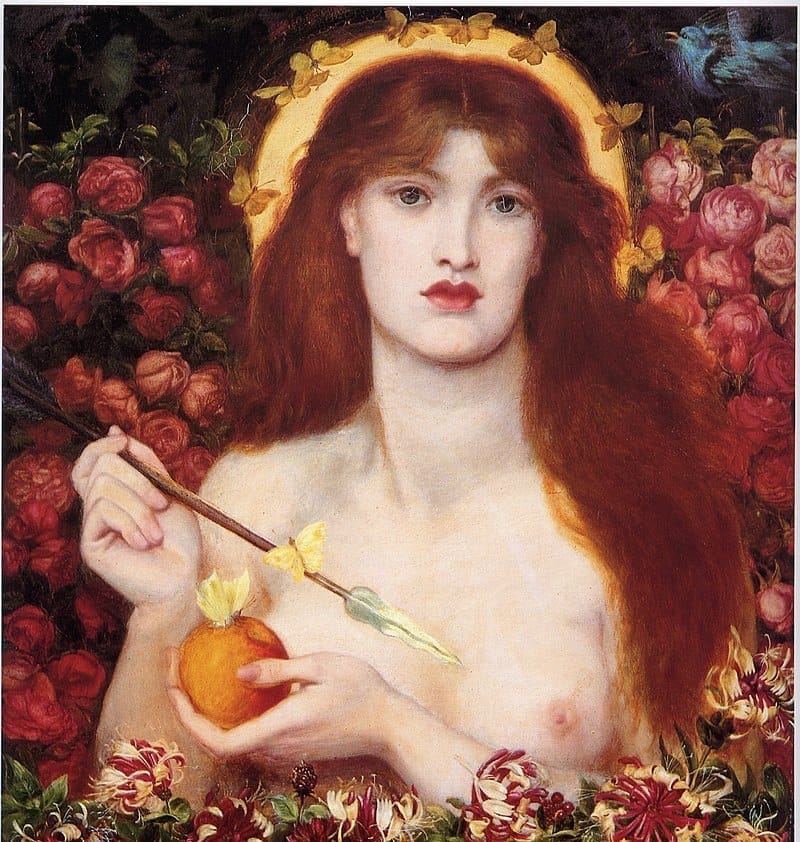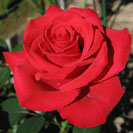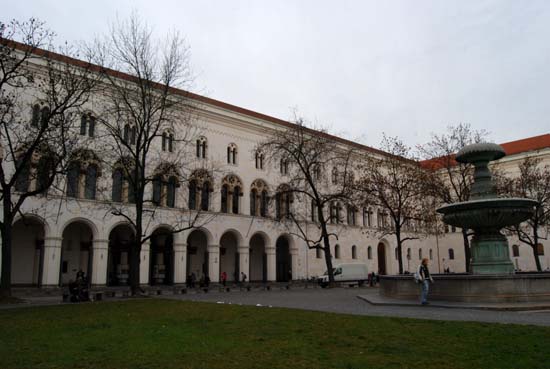The Red Rose

For the Beast the most moving metaphor in the film is the red rose, which he kept within sight, counting the petals as they fell. The rose is a symbol of many things: blood passion, fragility, an hourglass of one’s life and death within the grasp of the bedside. It becomes a measurement of time, a distillation of a human body into the space it takes up. But we all die and it’s hard not to think that way when you’re dying…

There has always been an inherent rivalry between the white and the red rose. The War of the Roses... Early on, the white rose was a favorite symbol of Christians and associated with the Virgin Mary, while the red rose signified the blood of Christ. It was an easy step to link them both to the Eucharist.
Out of this emerged the idea, held by both medieval clergy and the alchemists, that the white rose symbolized purity and the feminine principle, while the red rose symbolized blood, passion and the masculine principle. Still, the transcendent Virgin Mary was symbolized by both: purity and passion. Both also were symbols for the Philosopher's Stone.

Martin Luther favored a red heart on a white rose: "The rose should be white and not red, for white is the color of the spirits and the angels." One can only speculate what he thought of the red rose... Luther's rose - his seal - is shown above. It is now the recognized symbol of Lutheranism.
Not long after Luther's death in 1546, a new group emerged in Germany, the Rosicrucians ("Rose Cross" or "Rosy Cross") and, like all subsequent groups enamored of alchemy, mysticism and rose symbolism, they used both white roses and red roses on their crosses. This is their red one:

Lurking behind all this, of course, is sexual symbolism - the rose petals, menstruation and female virginity protected by thorns - see Hildegard of Bingen, Fair Rosamond and The Roman de la Rose for medieval versions, Heinrich Khunrath for the "cosmic rose" of the alchemists (see the lower image) and The Legend of Briar Rose for a Victorian version. Compare this with the symbolism of white and red camellias and Stefan Zweig's use of the white rose here. Also see the Emerald Tablet and the Wartburg and, of course, The Cure....
Never fade
Never die
You give me flowers of love
Always fade
Always die
I let fall flowers of blood
- Bloodflowers
During World War II, the White Rose (die Weiße Rose) was adopted as the symbol of a heroic, non-violent resistance, group of students and their professor in Munich. They were horrified by their experiences on the Eastern Front and inspired by the courageous sermons of Bishop von Galen of Münster. Most were executed in 1943, but their final pamphlet was air-dropped by Allied bombers all over Germany later that year. Nowadays the white rose is an international symbol of resistance to genocide.

The three most well known students - Sophie Scholl (she was only 21) and her brother Hans and Christoph Probst - are buried at Perlacher Forst cemetery in south Munich. There is a memorial to them in the main square outside the University of Munich - now named after them - Geschwister-Scholl-Platz, shown above. Never forget.
